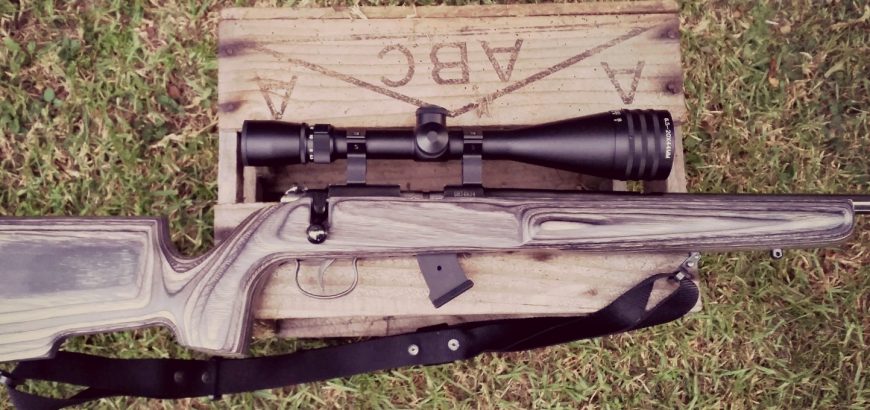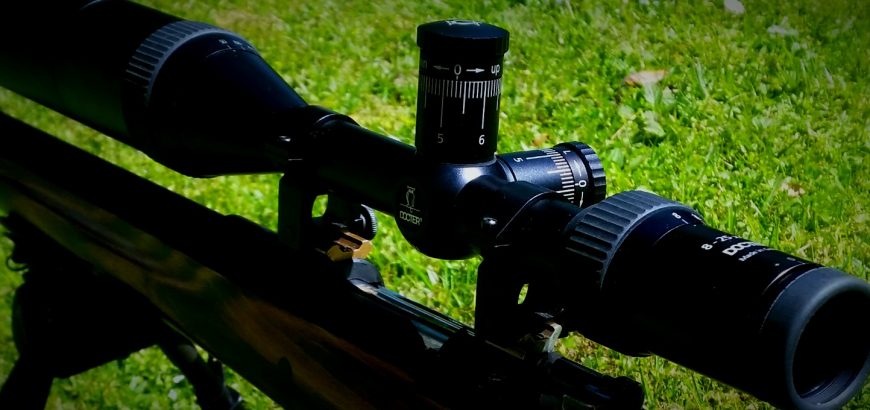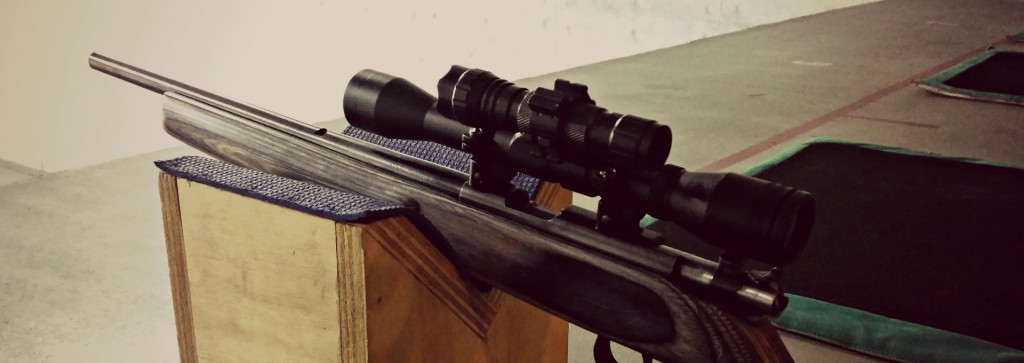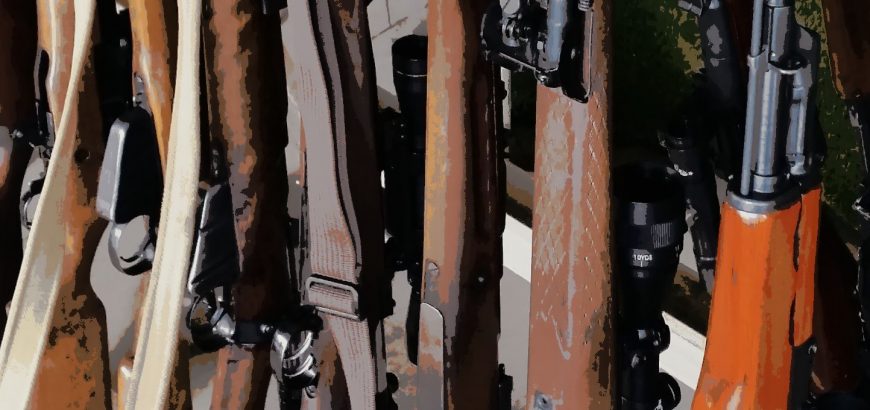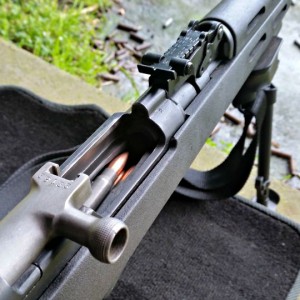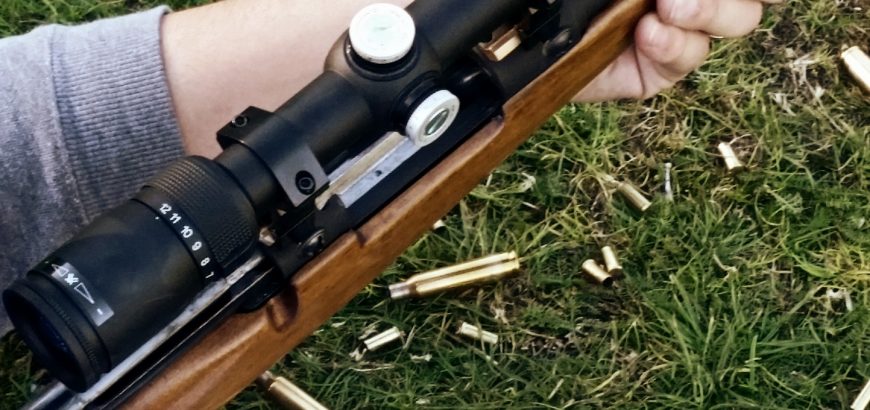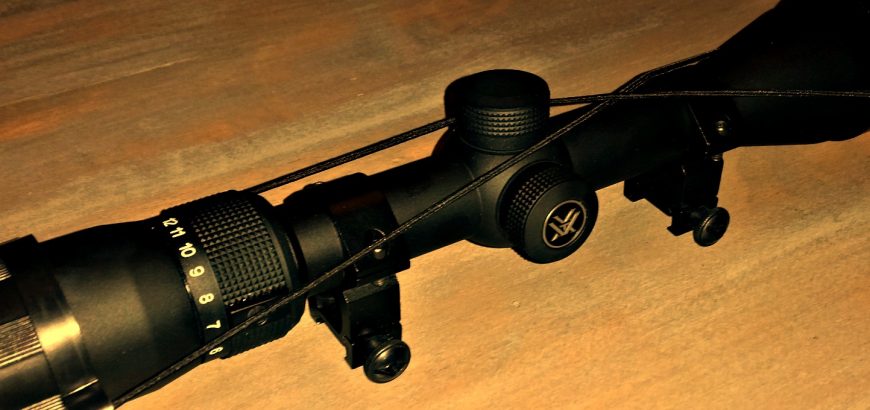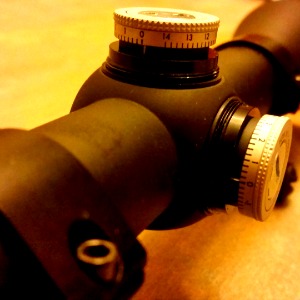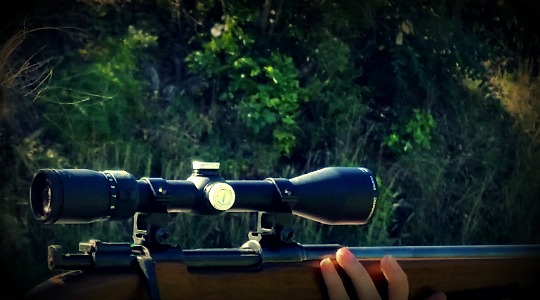Every now and then you come across a product that presents you with the best of dilemmas. The problem I have with my new 40/44 scope is choosing which rifle to fit it to. Now, I may sound like a gushing schoolgirl at this point, but read on and let me explain why this scope’s versatility is a nice problem to have.
Price range
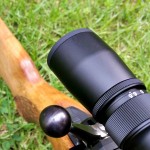
Let’s not kid ourselves, when you’re purchasing optics the first thought you have is, ‘How much is my wallet going to bleed to get the kind of clarity/magnification/quality I want?’
There’s a common saying that if you put a $300 scope on a $1000 rifle, then you’ve got a $300 rifle. I would argue that the 40/44 Series 6.5-20×44 is the exception to this platitudinal rule.
The manufacturer suggested retail price (MSRP) listed on Weaver’s website is roundabout $320-330 USD, depending on the specs you go for. If you’re lucky, you can catch it on special or find a store/site with free shipping and get it to your door for around that price. But! Does it shoot like it belongs in the $300 – $500 USD ($450 – $600 NZD) range?
Quality
Finish
The first thing I did when I unpacked the 40/44 was mount it on a Savage .243 to check out the fit and function. Unfortunately I installed it with rings that were a tad snug, and immediately had some long scratches after I pushed and pulled the scope around finding a comfortable fit.
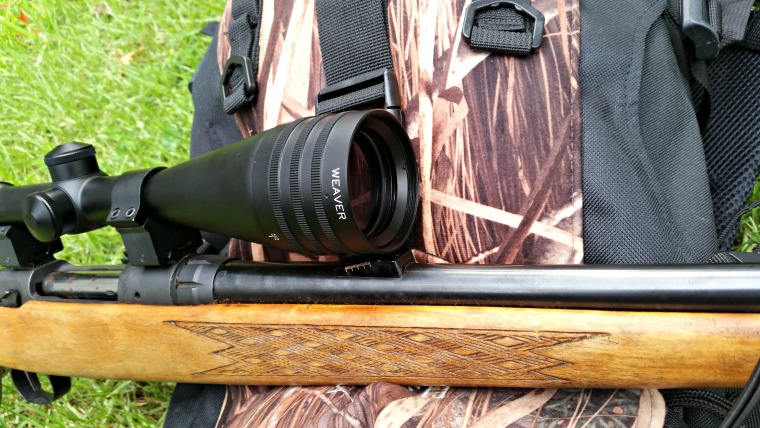
Feeling pretty upset with myself for ruining a brand new scope (before I’d even had a chance to photograph it for this review too!), I tried to rub the marks out a bit with my thumb. And they lifted. The black, hard-anodized matte finish is built for such rugged use that even scraping it along in tight metal rings didn’t leave any permanent marks on the finish. I’ve had much more expensive scopes (especially with matte finishes) end up with unsightly scratches even from a trip to the range, let alone hiking through the bush.
Mechanical
If there’s one thing that’s a tell-tale sign of poor – or even average – manufacturing quality, it’s sloppy elevation and windage adjustments.
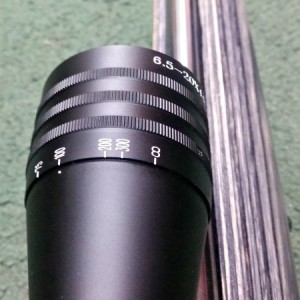
Even when I was just playing around with the scope before actually going to the range, I could tell that the 40/44 Series was just a little bit better made in this area than most. The clicks were tight and consistent, and there was no play in the adjustment turrets. After taking the turret caps off, adjustments can be made with your fingers, with no special tools or coins necessary.
The parallax and magnification adjustments have a bit of a longer throw than other scopes in the same price bracket. This is actually a good thing. What this indicates is finer internal gearing, which means more precise adjustments can be made. The movement of these parts is also smooth, but resistant enough to the point where you don’t have to worry about unintentional movement.
Optical
The optical quality is really what most people get giddy about when choosing a new scope, although I’d maintain that mechanical quality is just as important.
In my experience there are two major indicators of optical quality in a scope. The first (and most obvious) is light transmission. Is the scope clear, bright and easy to use? The answer in this case is yes. The second, and certainly equal, indicator of quality materials and craftsmanship is the ability of a high-magnification scope to continue to provide optimal light transmission at the high end of its zoom range.
In other words, if I were hiking around the back country with the magnification set around 10 for medium-range shots, but then decided to take a longer range shot requiring all 20x zoom power – at dusk – could I expect the same level of optical clarity?
Many competitor scopes at this level – and certainly the cheap no-name brand scopes on TradeMe – start to get murky towards the end of their range. I had a 6-24x power scope that I realistically couldn’t use beyond 18 or 20 without losing too much light. I’ve also owned an 8-32x scope that may as well have been an 8-24x for all the use the upper range was.
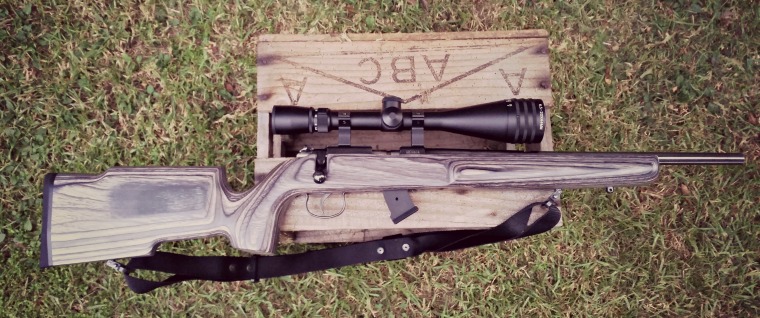
I’ve glassed tree-lined creek beds with this scope in failing light at maximum zoom, and also used it at maximum zoom at an indoor target range, and in both situations found the light transmission to be excellent. So much so that I would be confident in saying I could use the full potential of this scope, and not just stick to the lower ranges.
Specified use
Of course, how you intend to use any particular scope is up to you. However, certain optics are created with particular uses in mind. According to Weaver’s website, the primary use for the 40/44 in 6.5-20×44 with Dual-X reticle is as a large game hunting setup.
The 6.5-20x version of this scope comes with three reticle options – the Dual-X, Ballistic-X and Varminter. All are variations on the duplex reticle and the use for hunting is readily apparent. The thick posts draw your eye naturally to the finer crosshair in the centre, making for quick target acquisition.
The Ballistic-X version has some elevation holdover hashes for those who prefer to holdover rather than adjust their turrets – useful for shooting on the move, rather than from a prone position. The Varminter crosshair features a round dot in the middle of the reticle to form a natural point of focus for the eye.
If you choose the Dual-X (like I have) or the Varminter, you’ll likely be making elevation adjustments in the field. Using a ‘cheat sheet’ calculator, you can quickly figure out what adjustments you need to make and have these on a card taped to your rifle for quick reference. Alternatively, some time at a range with multiple distance options can help you figure out exactly what your load/rifle/optic combination requires.
Thankfully the 40/44 is designed with quick adjustments like these in mind. After removing the turret caps, you’ll notice the turret markings are easily visible from the shooter’s position.
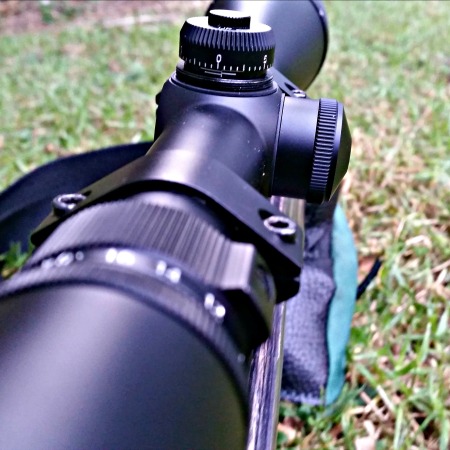
The ocular bell is also quite compact, which has multiple benefits. It’s easier to see past when making turret adjustments for starters. But more importantly it means more clearance between the bolt handle and the scope. This makes for easier mounting on older rifles, as well as convenient use with gloves when you’re in the mountains.
Overall impressions
It’s easy to see how this scope could be favoured by hunters the world over. It’s not a Super Slam, but for the budget-conscious shooter or the back-up rifle, it’s great value for money with many of the same features as the more expensive scopes. It’s no surprise that it’s a ‘best rated’ product on Optics Planet.
The ruggedness and mechanical reliability means a lifetime of use, while the optical clarity makes it perfect the times of day you really expect to be hunting in New Zealand. The uncomplicated reticle and ease of adjustment makes for more confident shooting in the field too.
While this scope was originally mounted on a .243 Winchester for hunting use, it’s found a new home on my bolt action .22LR along with a Boyds Pro Varmint stock for target shooting. While it may seem a strange application, indoor smallbore target shooting involves known distances without wind variation, making the simple reticle ideal. The high level of magnification also means precise shooting and knowing what your score is before you leave the mound. The large objective lens also means plenty of visibility indoors under artificial lighting. Lastly, the adjustable objective means you can shoot at high magnification at ranges as close as 25 yards.
But, as I mentioned at the beginning of this article, this scope could sit on almost any of my rifles and be fit for purpose. It could go on my 6.5×55 and be used for F-Class, or thrown onto my 7mm-08 for a light, bush-ready rig. Like I said at the start, it’s a good problem to have!
